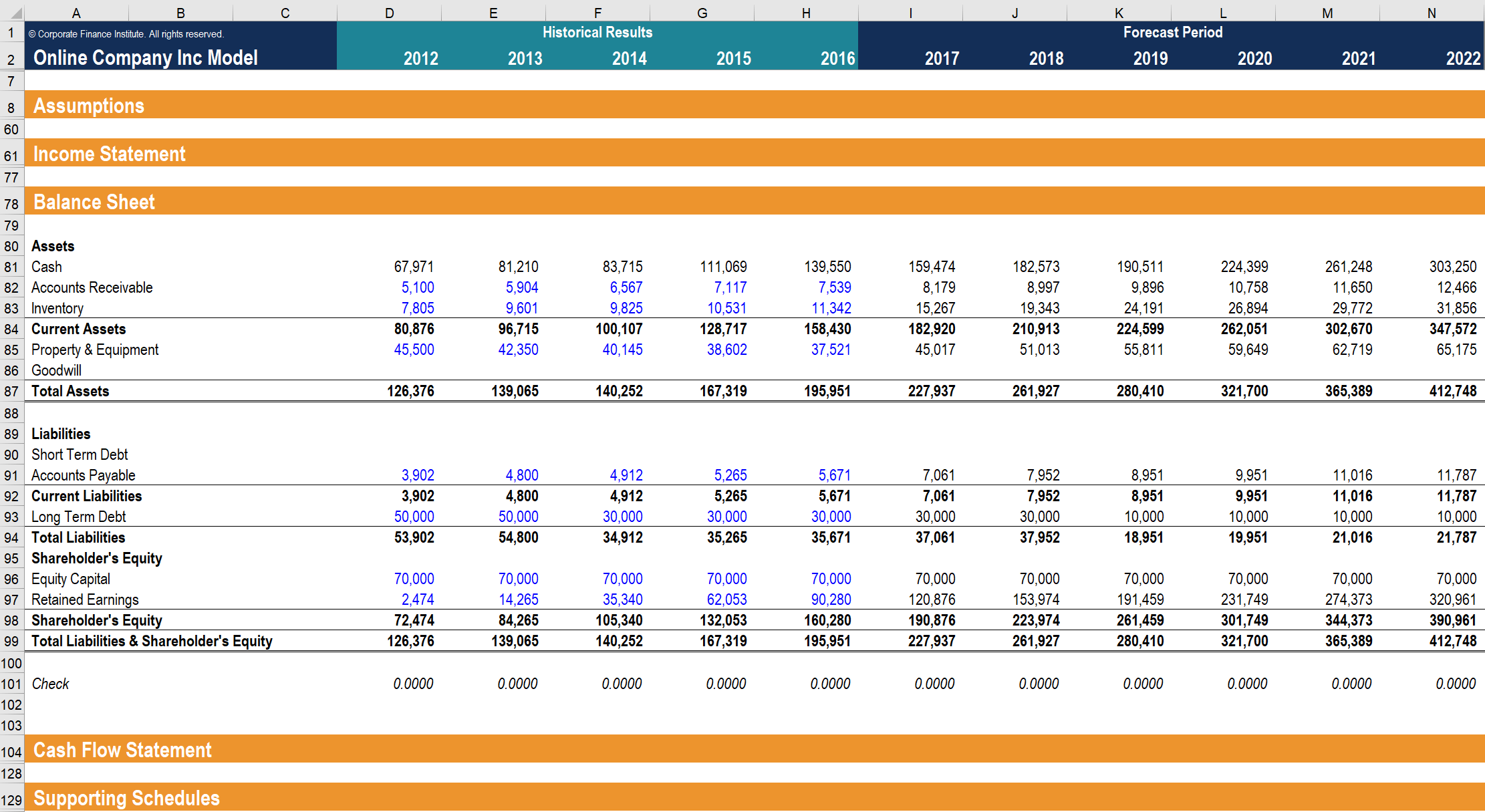Excel Counting and Summing Functions - MS-Excel Tutorial
Excel's Counting and Summing Functions
FunctionDescriptionCOUNTReturns the number of cells that contain a numeric valueCOUNTAReturns the number of nonblank cellsCOUNTBLANKReturns the number of blank cellsCOUNTIFReturns the number of cells that meet a specified criterionCOUNTIFS*Returns the number of cells that meet multiple criteriaDCOUNTCounts the number of records that meet specified criteria; used with a worksheet database.DCOUNTACounts the number of nonblank records that meet specified criteria; used with a worksheet database.DEVSQReturns the sum of squares of deviations of data points from the sample mean; used primarily in statistical formulasDSUMReturns the sum of a column of values that meet specified criteria; used with a worksheet database.FREQUENCYCalculates how often values occur within a range of values and returns a vertical array of numbers. Used only in a multicell array formulaSUBTOTALWhen used with a first argument of 2, 3, 102, or 103, returns a count of cells that comprise a subtotal; when used with a first argument of 9 or 109, returns the sum of cells that comprise a subtotalSUMReturns the sum of its argumentsSUMIFReturns the sum of cells that meet a specified criterionSUMIFS*Returns the sum of cells that meet multiple criteriaSUMPRODUCTMultiplies corresponding cells in two or more ranges and returns the sum of those productsSUMSQReturns the sum of the squares of its arguments; used primarily in statistical formulasSUMX2PY2Returns the sum of the sum of squares of corresponding values in two ranges; used primarily in statistical formulasSUMXMY2Returns the sum of squares of the differences of corresponding values in two ranges; used primarily in statistical formulasSUMX2MY2Returns the sum of the differences of squares of corresponding values in two ranges; used primarily in statistical formulas
These are new functions, available only in Excel 2007.










